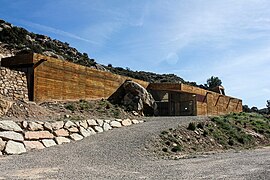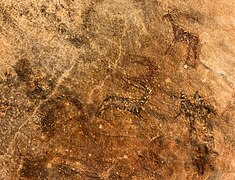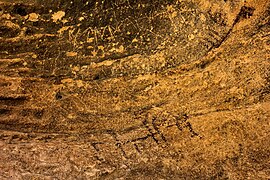
Catalonia is an autonomous community of Spain, designated as a nationality by its Statute of Autonomy. Most of its territory lies on the northeast of the Iberian Peninsula, to the south of the Pyrenees mountain range. Catalonia is administratively divided into four provinces or eight regions, which are in turn divided into 42 comarques. The capital and largest city, Barcelona, is the second-most populated municipality in Spain and the fifth-most populous urban area in the European Union.

The recorded history of the lands of what today is known as Catalonia begins with the development of the Iberian peoples while several Greek colonies were established on the coast before the Roman conquest. It was the first area of Hispania conquered by the Romans. It then came under Visigothic rule after the collapse of the western part of the Roman Empire. In 718, the area was occupied by the Umayyad Caliphate and became a part of Muslim ruled al-Andalus. The Frankish Empire conquered northern half of the area from the Muslims, ending with the conquest of Barcelona in 801, as part of the creation of a larger buffer zone of Christian counties against Islamic rule historiographically known as the Marca Hispanica. In the 10th century the County of Barcelona became progressively independent from Frankish rule.

The comarques of Catalonia, often referred to in English as counties, are an administrative division of Catalonia. Each comarca comprises a number of municipalities, roughly equivalent to a county in the United States. Currently, Catalonia is divided into 42 comarques and Aran, considered a "unique territorial entity" and not a comarca.
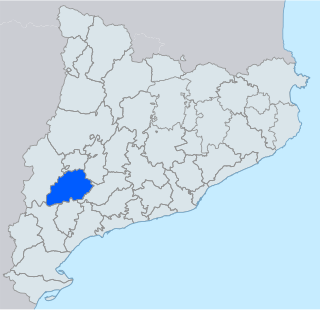
Garrigues is a comarca (county) in Ponent, Catalonia, Spain. Its capital is Les Borges Blanques. Its symbol is an olive branch, Garrigues being the center of olive cultivation in all of Catalonia.

The Archaeology Museum of Catalonia is an archaeological museum with five venues that exposes the most important archaeological collection of Catalonia, focusing on prehistoric times and ancient history. The museum was originally founded in 1932 by the Republican Government of Catalonia. The modern institution was created under the Museums of Catalonia Act in 1990 by the Ministry of Culture of the same Government.

Alexandre Deulofeu i Torres was a Catalan politician and philosopher of history. He wrote about what he called the Mathematics of History, a cyclical theory on the evolution of civilizations.

The Principality of Catalonia was a medieval and early modern state in the northeastern Iberian Peninsula. During most of its history it was in dynastic union with the Kingdom of Aragon, constituting together the Crown of Aragon. Between the 13th and the 18th centuries, it was bordered by the Kingdom of Aragon to the west, the Kingdom of Valencia to the south, the Kingdom of France and the feudal lordship of Andorra to the north and by the Mediterranean Sea to the east. The term Principality of Catalonia was official until the 1830s, when the Spanish government implemented the centralized provincial division, but remained in popular and informal contexts. Today, the term Principat (Principality) is used primarily to refer to the autonomous community of Catalonia in Spain, as distinct from the other Catalan Countries, and usually including the historical region of Roussillon in Southern France.
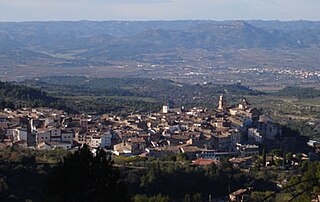
Tivissa is a municipality in the comarca of Ribera d'Ebre, Catalonia, Spain. It is located below the La Llena massif. As well as the village of Tivissa itself, the municipality also includes the village of La Serra d'Almos, at the feet of the Montalt mountains, and the hamlets of Darmós and Llaberia.

Ponts is a municipality and a town in the comarca of the Noguera in the province of Lleida, Catalonia, Spain. It is situated on the left bank of the Segre river near its confluence with the Llobregós river and at the point where the routes from Calaf and Cervera meet the route from Lleida to La Seu d'Urgell.
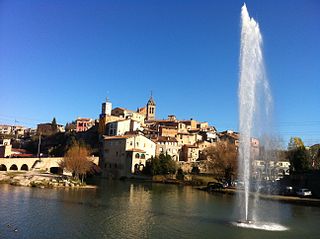
Gironella is a municipality in the comarca of the Berguedà in Catalonia, Spain. It is situated in the left bank of the Llobregat river to the south of Berga. The local economy is traditionally based on cotton spinning and textile manufacture, although tourism is now more important: the company towns or "colonies" of workers houses surround the cotton mills are of historical interest. The town is served by the C-16 road to Berga and the Cadí tunnel. Gironella, which has numerous stores, bars, and schools, is an important economic center for the smaller towns around it, such as Olvan, Sagàs or Casserres.

The group of over 700 sites of prehistoric Rock art of the Iberian Mediterranean Basin, also known as Levantine art, were collectively declared a World Heritage Site by UNESCO in 1998. The sites are in the eastern part of Spain and contain rock art dating to the Upper Paleolithic or Mesolithic periods of the Stone Age. The art consists of small painted figures of humans and animals, which are the most advanced and widespread surviving from this period, certainly in Europe, and arguably in the world, at least in the earlier works. It is notable for the number of places included, the largest concentration of such art in Europe. Its name refers to the Mediterranean Basin; however, while some sites are located near the sea, many of them are inland in Aragon and Castilla–La Mancha; it is also often referred to as Levantine Art.

The following outline is provided as an overview of and topical guide to Catalonia:

El Cogul is a municipality in Catalonia, Spain. It is in the comarca (county) of les Garrigues in the province of Lleida. In 2014 the population was 190.
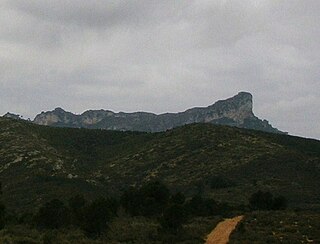
Morral de Cabrafeixet is one of the highest mountains of the Cardó Massif, Catalan Pre-Coastal Range, Catalonia, Spain. Its NW side has an impressive escarpment visible from Highway N-340 approaching El Perelló from the north. This mountain has an elevation of 753 metres above sea level.

The Democratic Reformist Party was a Spanish political party led by Miquel Roca founded in 1983. It was supported by the Liberal Democratic Party (PLD) of Antonio Garrigues Walker, the Riojan Progressive Party (PRP) and the Majorcan Union. It was known as "Operation Roca", referring to its main leader and candidate for Prime Minister, Miquel Roca i Junyent. The party ran in all of Spain, with the exception of Galicia, where it was represented by Galician Coalition (CG), and Catalonia, where its representative was Convergence and Union (CiU).

The Catalan Republic was a state proclaimed in 1931 by Francesc Macià as the "Catalan Republic within the Iberian Federation", in the context of the proclamation of the Second Spanish Republic. It was proclaimed on 14 April 1931, and superseded three days later, on 17 April, by the Generalitat de Catalunya, the Catalan institution of self-government within the Spanish Republic.
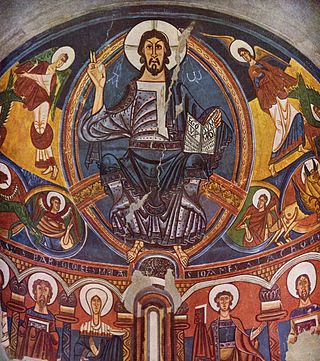
The Catalan art is the artistic production made in what is now Catalonia along the time. It has a parallel evolution to the rest of European art, following in a diverse way the multiple tendencies that have taken place in the context of the history of Western art. Throughout history, Catalonia has seen diverse cultures and civilizations that contributed their concept of art and have left their legacy. Each historical period has specific and definable characteristics, common to other lands and cultures, or unique and differentiated, which evolved over time.
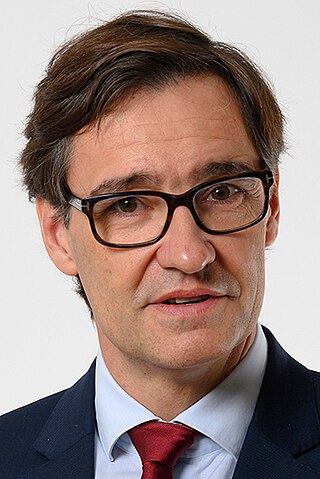
The 2024 Catalan regional election was held on Sunday, 12 May 2024, to elect the 15th Parliament of the autonomous community of Catalonia. All 135 seats in the Parliament were up for election.



